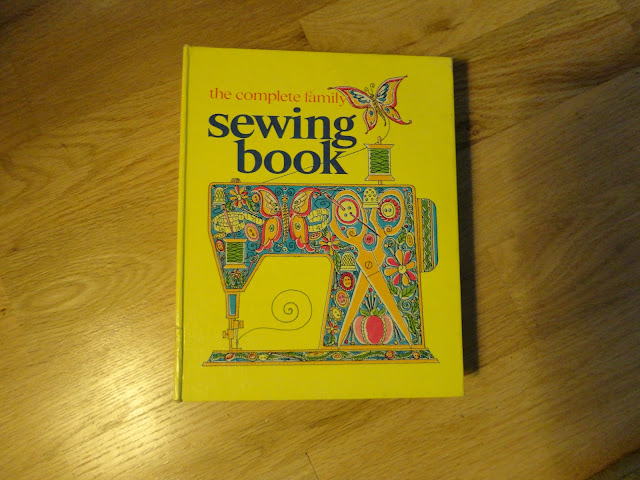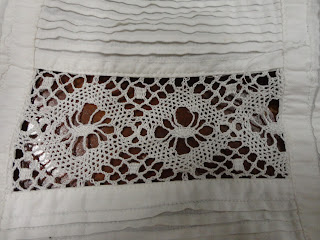Book Giveaway Extravaganza!

I volunteer at the local library book sale (mostly sorting, but I also work the cash box a bit) and at a recent sale I picked up quite a few things for giveaways. More recently, I hit 30,000 views, so I thought it seemed like a good time to do them! I decided to divide them into batches of related books, rather than doing them all completely separately, apart from this first one. The Complete Family Sewing Book is an adorable piece of 1970s kitsch, but it's also a thorough guide to all the sewing techniques and terminology you could possibly want. A couple of samples below: Just comment to this post before Friday at midnight for a chance to win.



